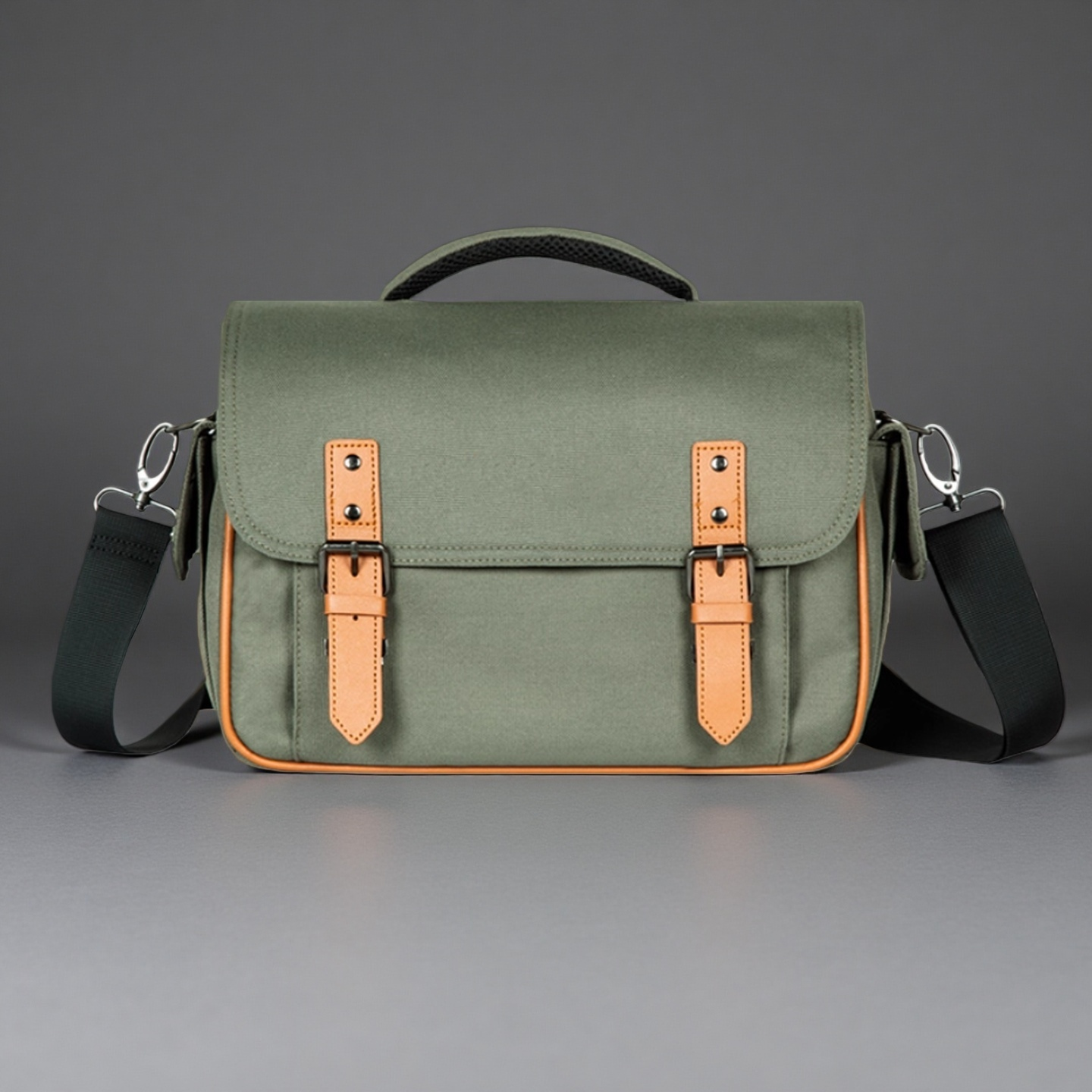
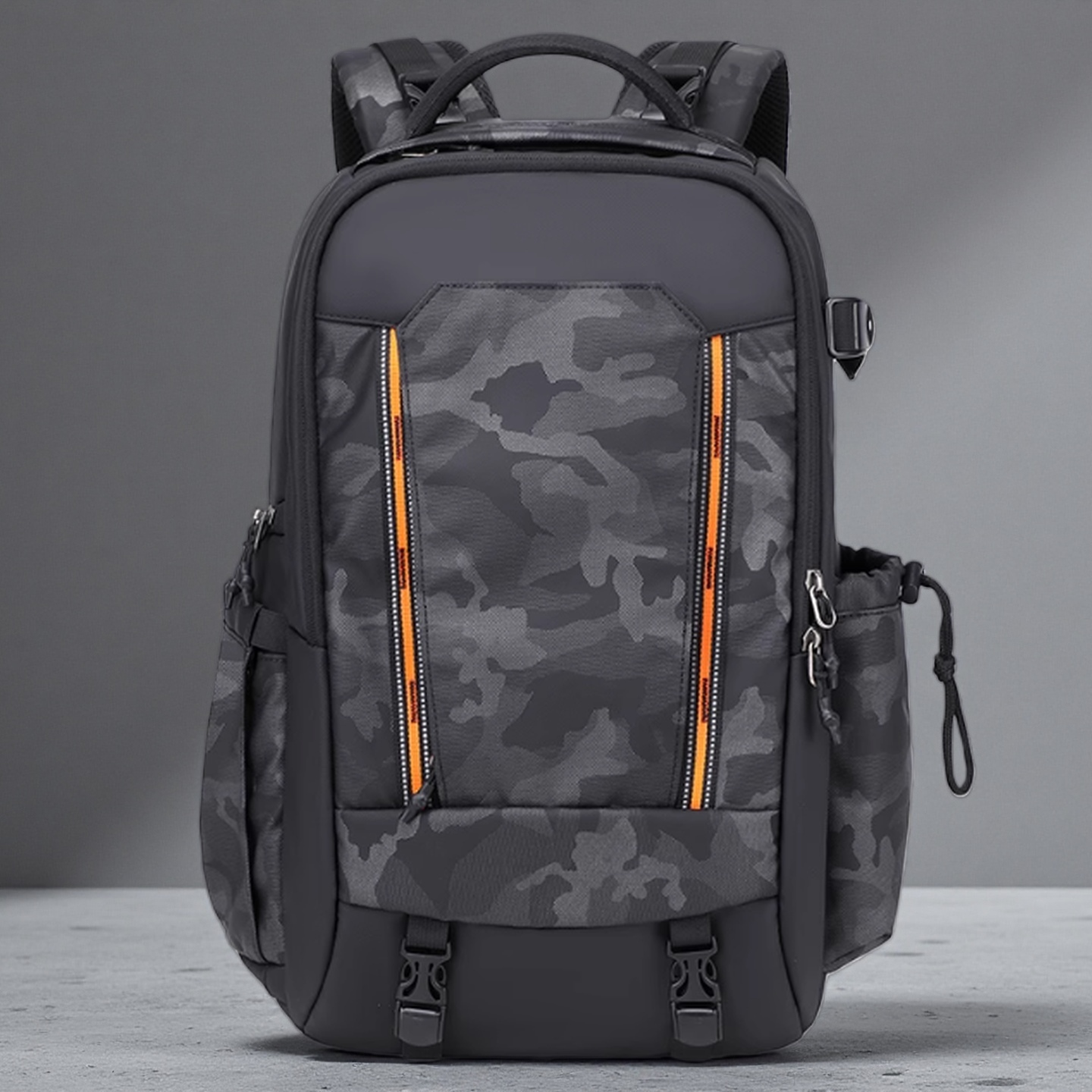
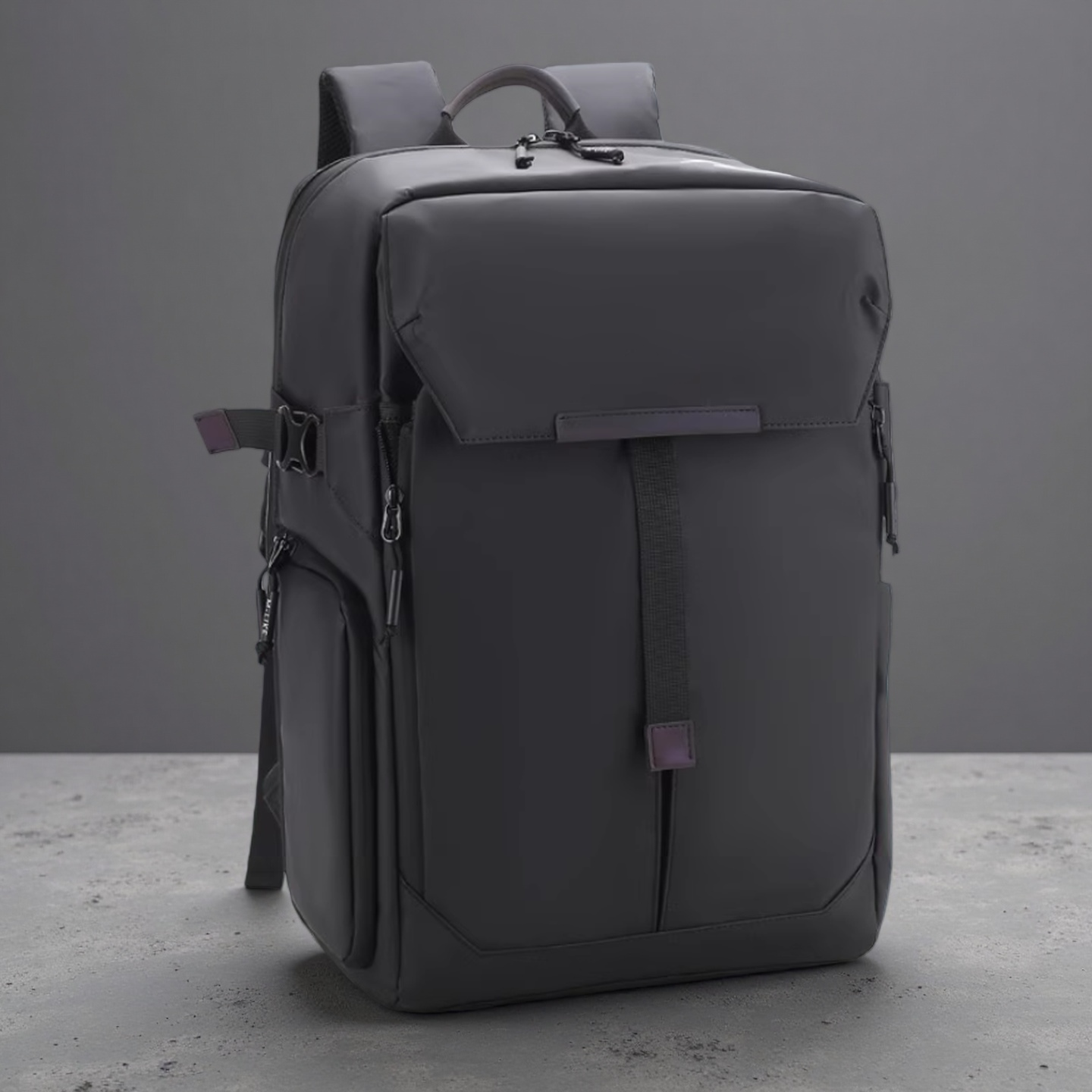
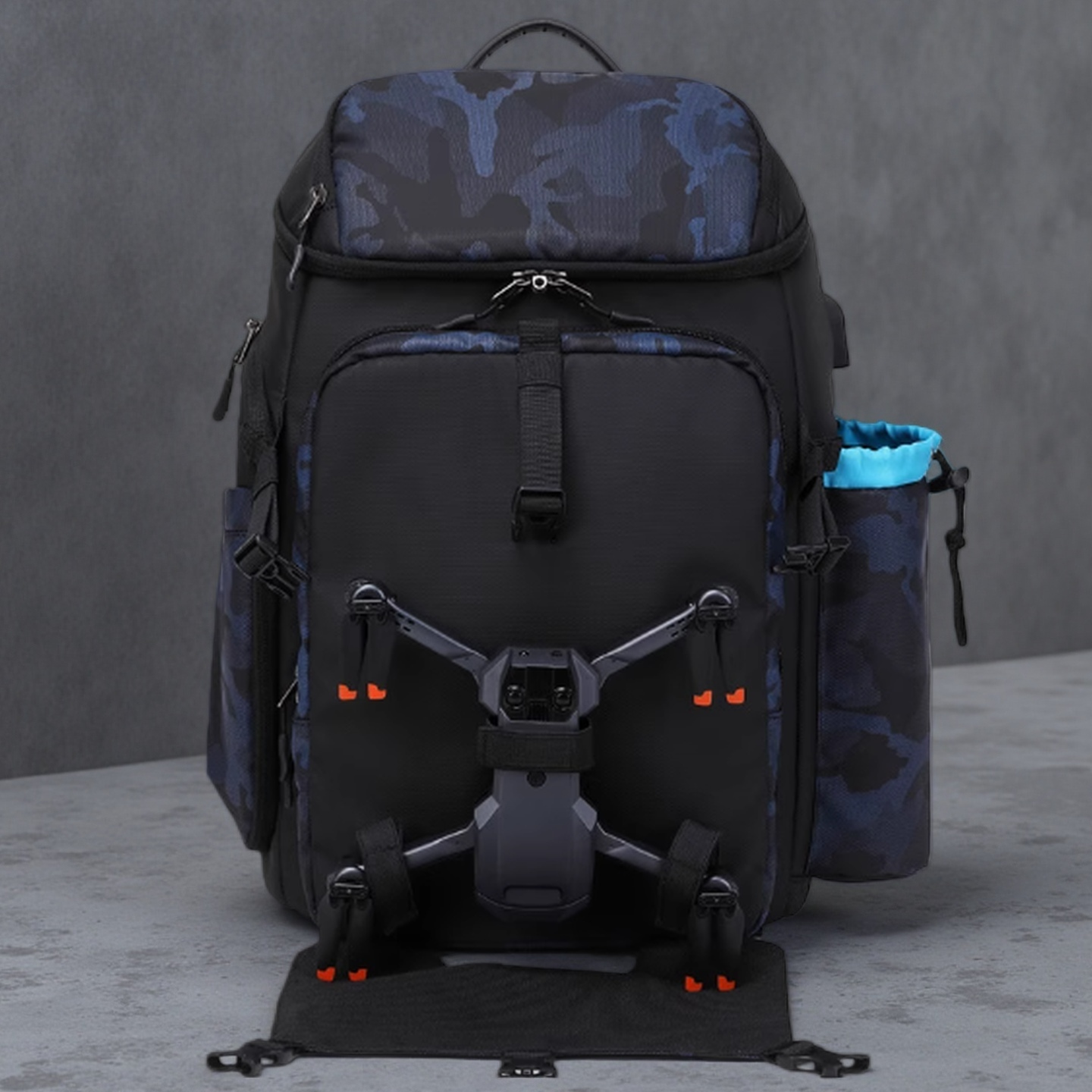




A well-designed commuter bag isn’t just an accessory—it’s a reflection of professionalism, practicality, and personal style. For European professionals navigating bustling cities like Paris, Berlin, or Milan, the right bag can transform daily commutes into seamless experiences. Whether you’re a corporate executive, a creative freelancer, or part of a team sourcing high-quality solutions, understanding the nuances of selecting the ideal professional bag is key.
This guide explores the essentials of choosing commuter bags that align with European aesthetics, workplace demands, and sustainability values. From timeless designs to innovative features, we’ll help you identify options that blend functionality with sophistication.
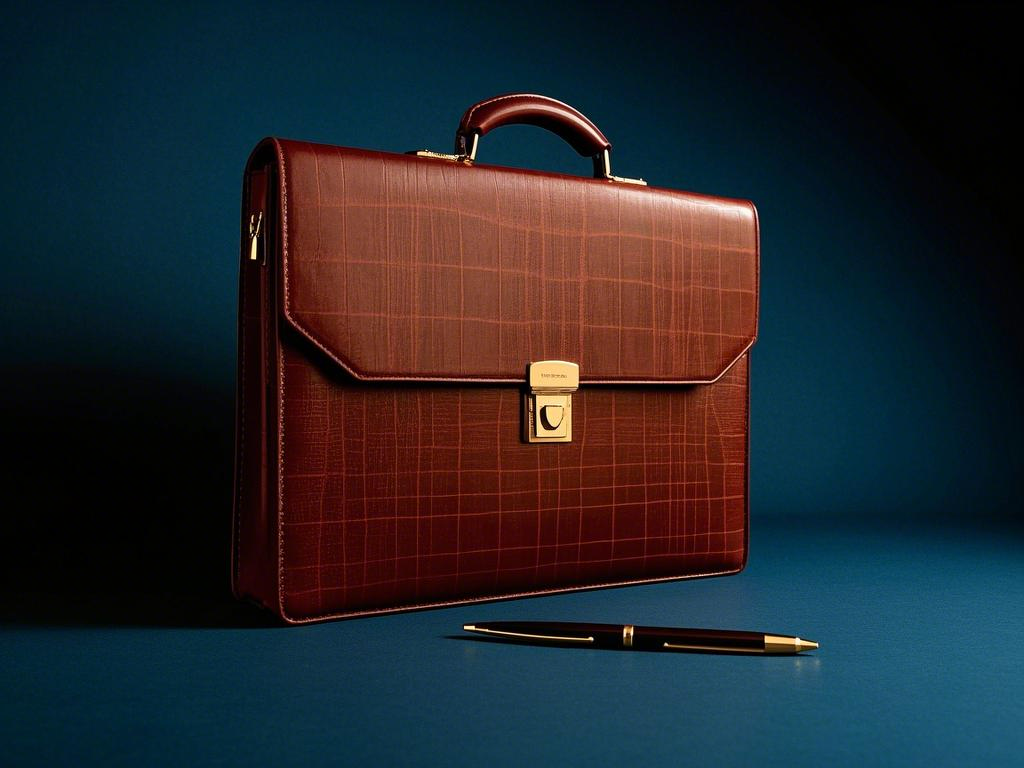
European professionals often gravitate toward designs that balance tradition and modernity. A structured leather briefcase with clean lines and subtle branding resonates with industries like finance, law, or consulting, where a polished appearance is paramount. Look for features like:
· Premium materials: Full-grain leather or recycled vegan alternatives for durability and eco-conscious appeal.
· Smart organization: Dedicated compartments for laptops, tablets, and documents, ensuring efficiency during transit.
· Ergonomic handles: Padded straps or detachable options for comfort during long commutes.
Why it works: Classic briefcases cater to industries valuing understated luxury, making them ideal for corporate gifting or team uniforms.
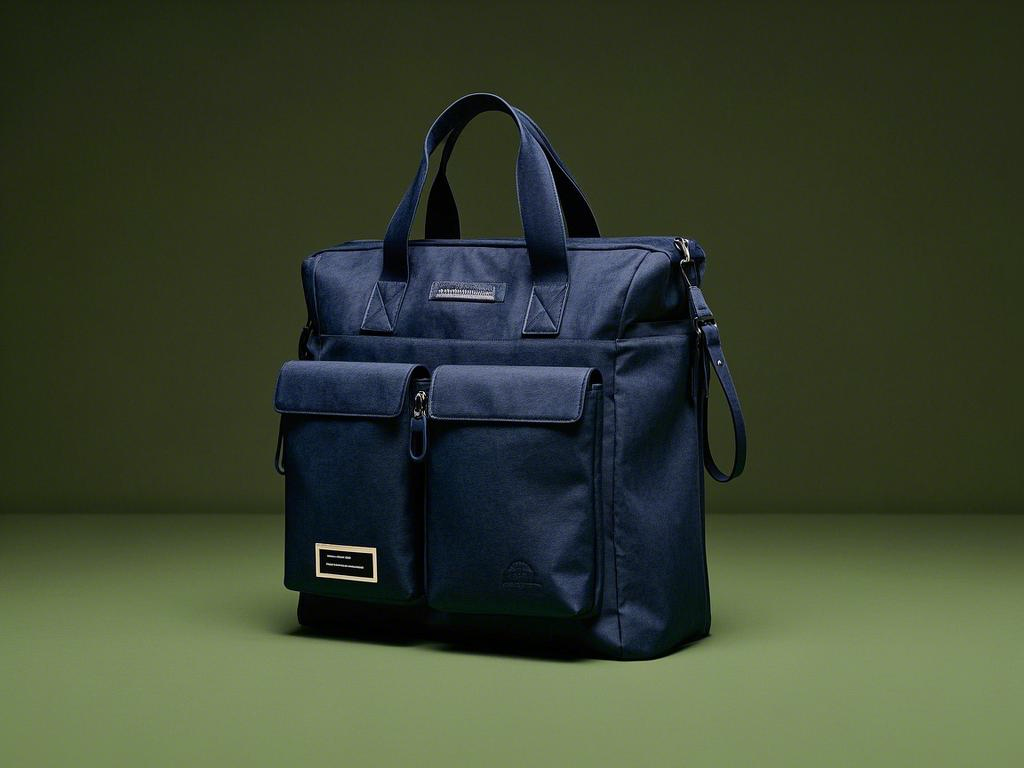
For tech-driven professionals or hybrid workers, modular backpacks offer adaptability. These bags are designed to transition effortlessly from co-working spaces to client meetings, with features tailored to dynamic lifestyles:
· Expandable compartments: Separate zones for gym gear, tech gadgets, or personal items.
· Weather-resistant fabrics: Ideal for cities like London or Amsterdam, where sudden rain is common.
· Sleek aesthetics: Minimalist designs in neutral tones (e.g., charcoal, navy) align with European minimalist trends.
Why it works: Startups and creative agencies often prioritize functionality without compromising style, making these bags a strategic choice for bulk orders.
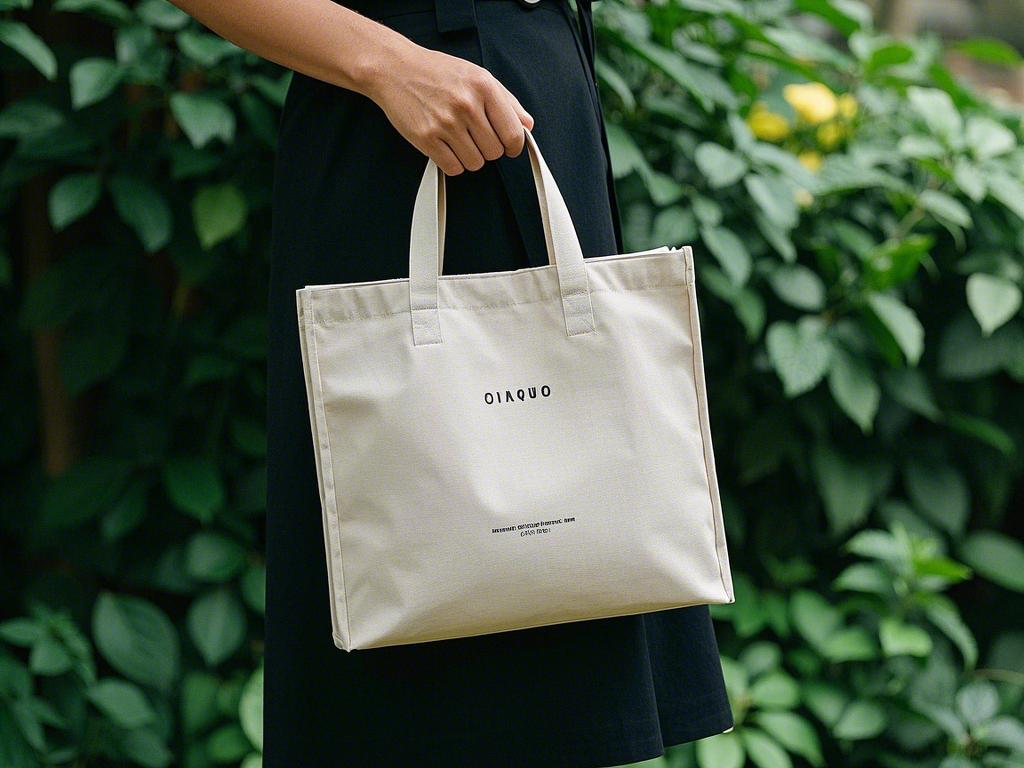
With Europe leading the charge in sustainability, eco-friendly totes are gaining traction among companies aiming to align with ESG goals. Key attributes include:
· Organic or recycled materials: Linen, cork, or upcycled fabrics for reduced environmental impact.
· Custom branding opportunities: Subtle embroidery or embossed logos to reinforce corporate identity.
· Lightweight yet durable: Perfect for short commutes or as complementary accessories for events.
Why it works: Industries like retail, hospitality, or eco-focused startups increasingly seek sustainable procurement options.
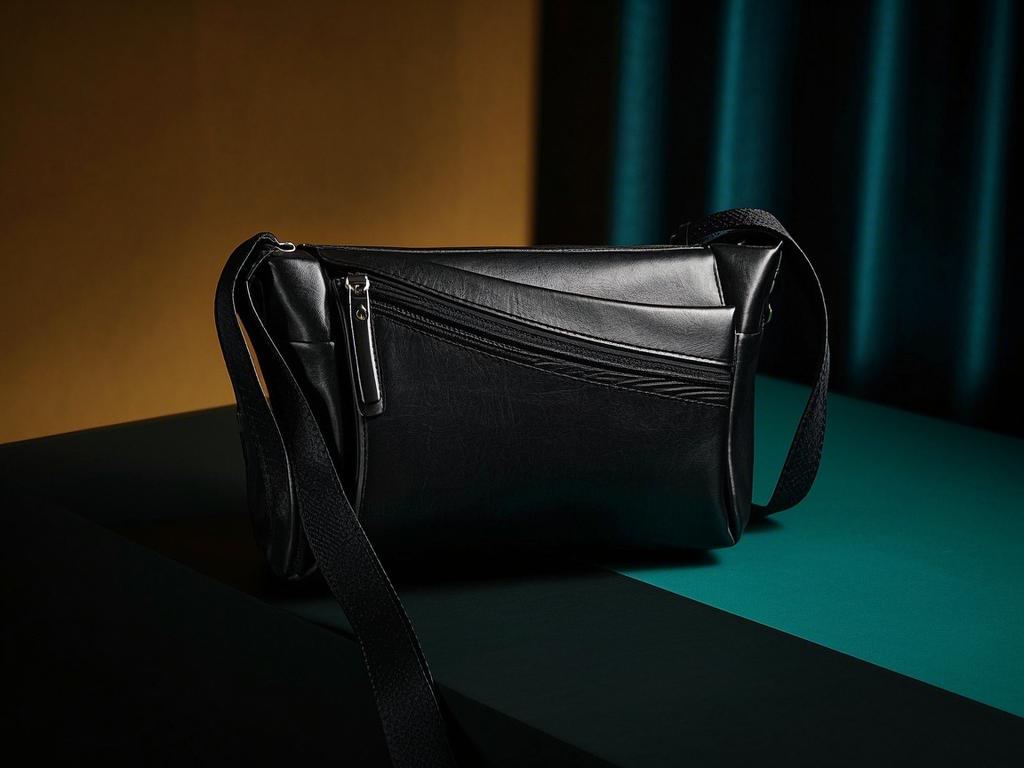
For sectors like IT, marketing, or healthcare, tech-ready messenger bags combine security and innovation. Features to prioritize:
· RFID-blocking pockets: Protect sensitive documents or devices in high-traffic areas.
· Charging ports: Built-in USB ports for powering devices during transit.
· Slim profiles: Streamlined designs that avoid bulk while maximizing storage.
Why it works: These bags appeal to companies prioritizing employee convenience and data security, especially in tech hubs like Stockholm or Munich.
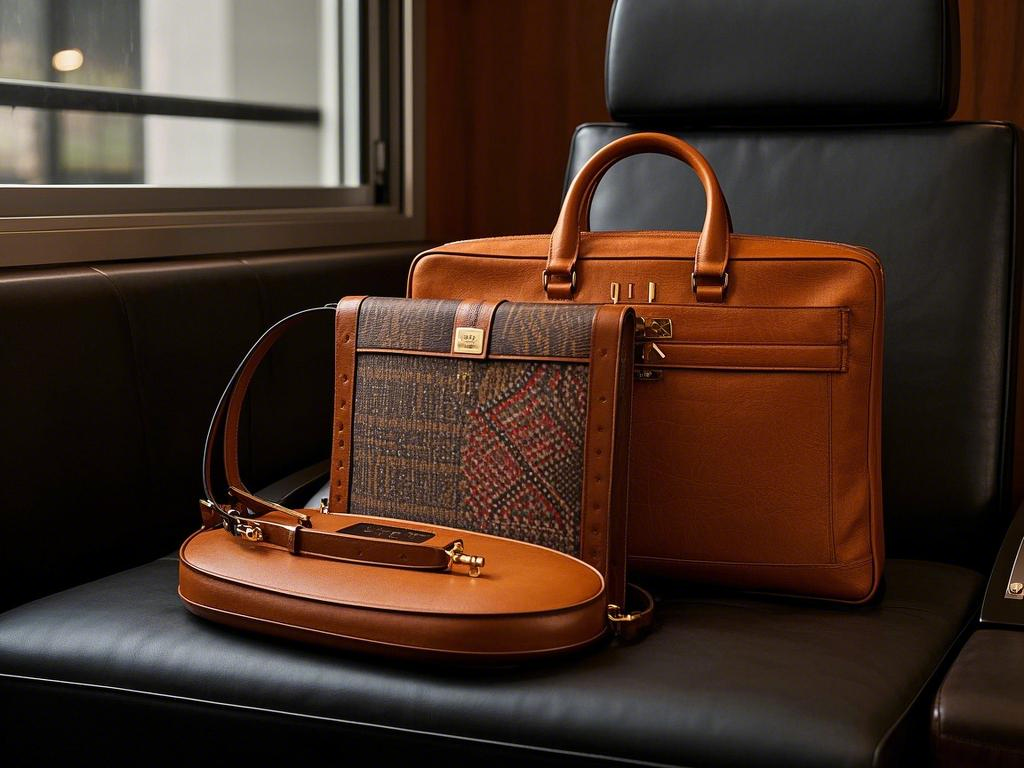
High-level professionals frequently traveling between European capitals require premium weekender bags that exude sophistication. Key elements:
· Luxury finishes: Italian leather, brass hardware, and monogrammed details.
· Multi-functional use: Transition seamlessly from business trips to weekend getaways.
· Customizable interiors: Adjustable dividers for suits, shoes, or tech gear.
Why it works: Ideal for executive retreats, client incentives, or high-end corporate rewards programs.
1. Assess Industry Needs: Match bag styles to workplace culture—e.g., formal sectors vs. creative fields.
2. Prioritize Durability: European professionals value long-lasting investments; opt for reinforced stitching and quality zippers.
3. Embrace Local Trends: Incorporate colors and materials popular in target regions (e.g., Scandinavian minimalism or Mediterranean textures).
4. Offer Customization: Allow companies to add logos or tailor compartments for branding cohesion.
Requirements for Commuting Bags
European tastes lean toward materials that blend sophistication with sustainability. Key options include:
· Full-Grain Leather: Prized for its durability and natural texture, modern composite tanning techniques (e.g., chrome + vegetable tanning) enhance strength by 27% while maintaining softness. This aligns with Europe’s appreciation for luxury and craftsmanship, especially in business settings.
· Nylon: Lightweight and water-resistant, ideal for rainy climates like Northern Europe. However, breathability improvements are recommended to cater to Mediterranean regions with warmer weather.
· Canvas: A cost-effective, eco-friendly choice. Pairing it with waterproof coatings addresses the rainy seasons common in Western Europe (e.g., the UK and Ireland).
Pro Tip: Incorporate 180g quilted padding in side panels for structural support, appealing to professionals who value both form and function.
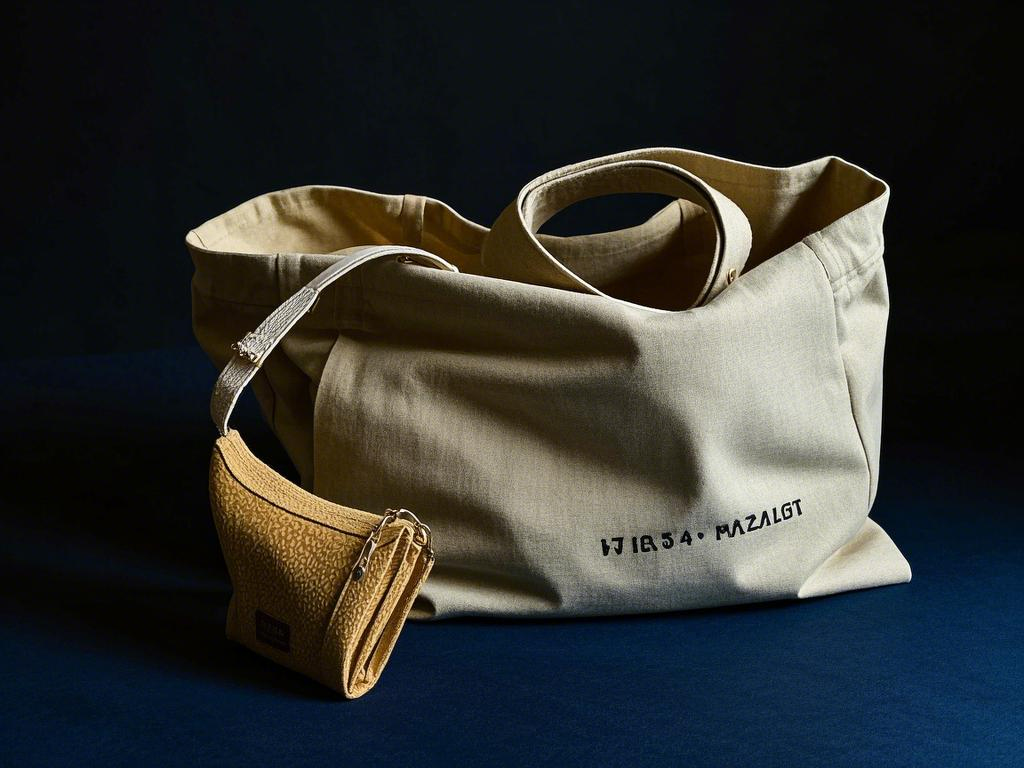
Europeans, particularly in regions like Germany and Switzerland, prioritize meticulous engineering. Key techniques include:
· High-Density Stitching (6+ stitches per inch) for seam durability.
· 1mm Narrow Edge Binding to reinforce edges while maintaining sleek lines.
· Structural Reinforcements: Rounded corners (12cm diameter templates) prevent fabric wear, and zipper guards extend longevity—critical for daily use in bustling cities like Paris or Milan.
· Ergonomic Shoulder Straps: Embedded webbing + cross-stitched frames reduce shoulder pressure by 19%, catering to comfort-focused Nordic consumers.
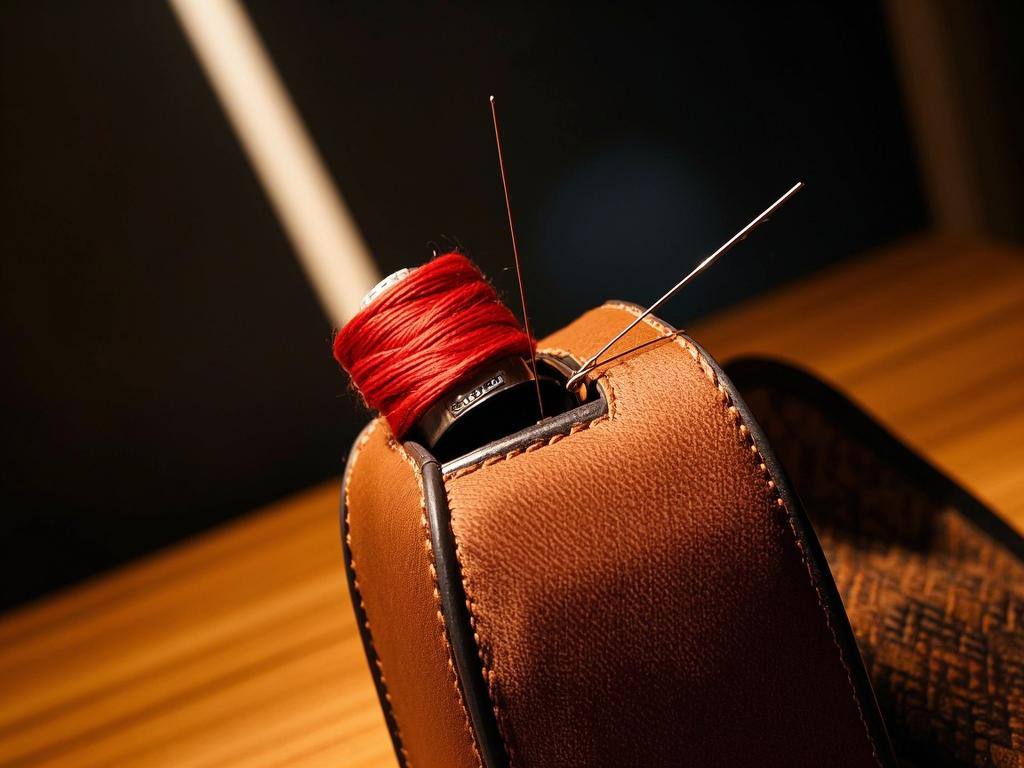
Europe’s cultural diversity demands versatility:
· Smart Compartmentalization: A main compartment with anti-scratch suede lining for 13" laptops, plus magnetic clasps and hidden zippers for small items—ideal for organized professionals in cities like Berlin or Madrid.
· Adjustable Straps: 3-level quick-release buckles (112–168cm height range) suit both petite Southern Europeans and taller Nordic users.
· Aesthetic Personalization: Offer minimalist solid colors (popular in Scandinavia) or embossed metallic prints (favored in France and Italy). Green hues, symbolizing vitality in European culture, can be emphasized to align with regional color symbolism.
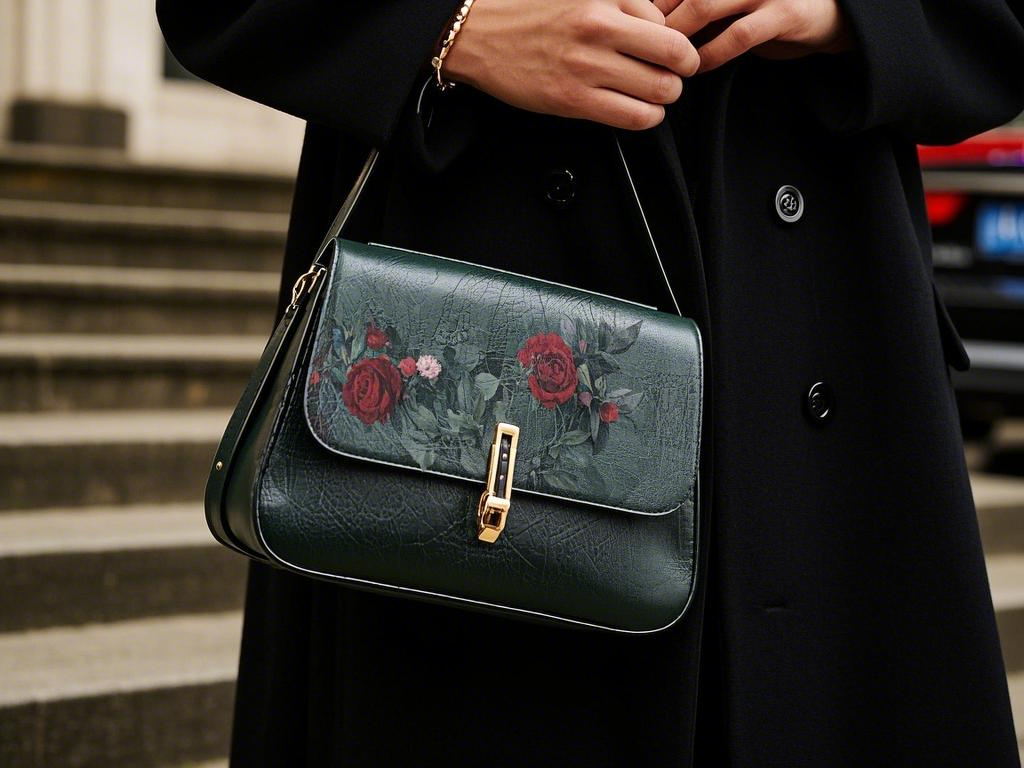
Europeans value individuality and sustainability. Custom solutions include:
· Size Flexibility: Base dimensions (28×20×7cm) scalable to avoid overwhelming shorter frames—key for style-conscious markets like Spain or Greece.
· Material Hybrids: Combine leather with nylon accents for a blend of luxury and practicality.
· Lifetime Care: Promote vegetable-tanned leather aging gracefully, developing unique patinas—a concept cherished in heritage-rich regions like Austria.
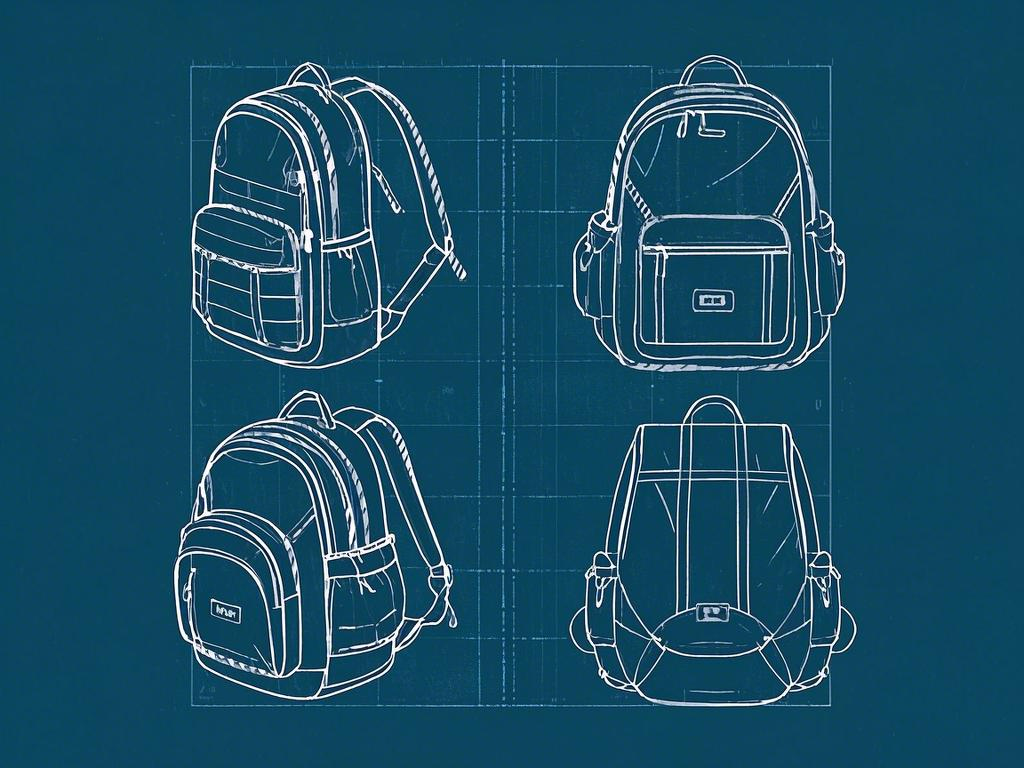
In Europe, where fashion is an extension of identity, a commuter bag must transcend utility. By integrating premium materials, precision engineering, and cultural insights—from the bold styles of Southern Europe to the minimalist Nordic ethos—this design philosophy ensures global appeal.